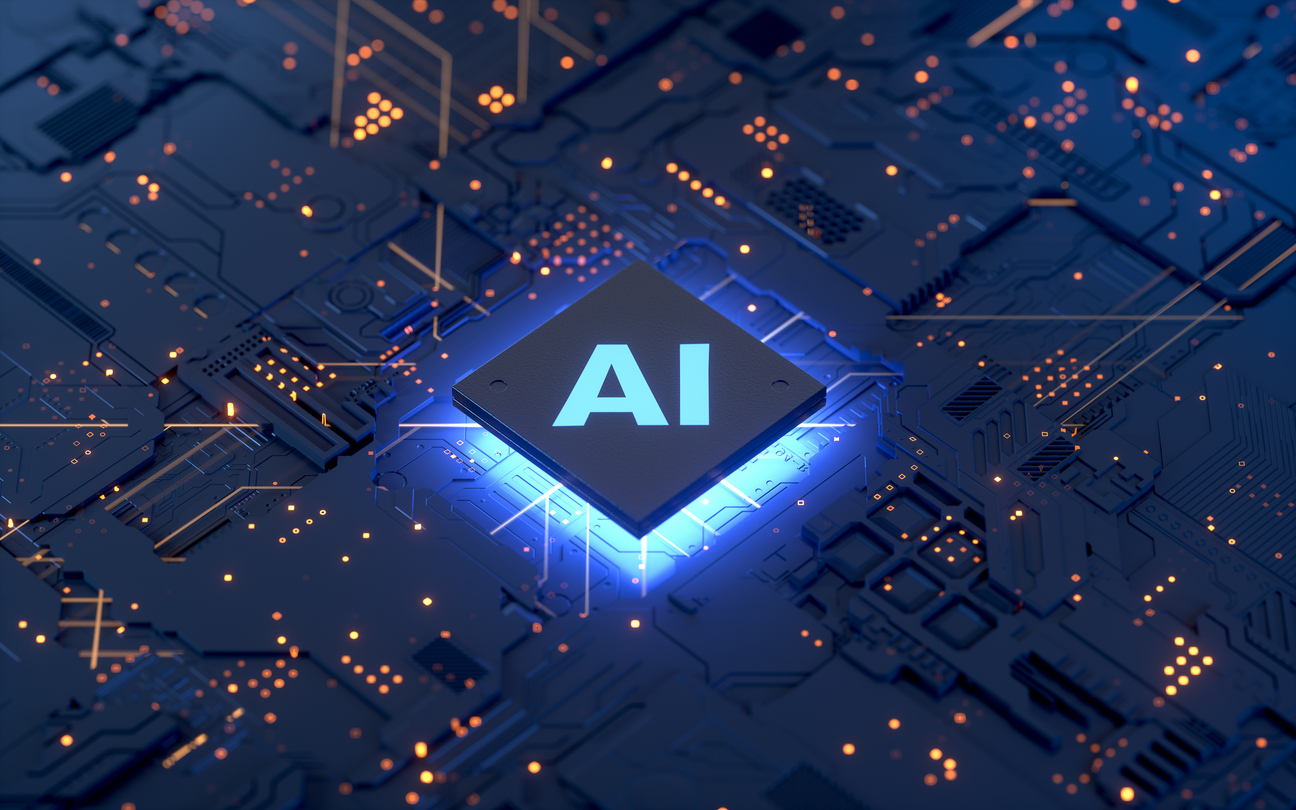AI isn’t just power-hungry, it’s ravenous. And, much to the dismay of environmentalists worldwide, it’s getting hungrier by the day.
Google alone reported a 17% increase in data center energy consumption in 2023, citing AI as a core driver. But the company isn’t the only AI innovator accelerating its energy demand. Other tech giants like Microsoft are moving in lockstep, consuming as much as 24 TWh of energy in one year — more than that of several developed countries.
Yet, these alarming statistics fail to account for a critical element of this cost-benefit analysis: how AI might benefit humans and our planet. It’s entirely possible that increasing AI energy expenditure could spark solutions for the challenges AI initially creates. So, in a way, AI could be the problem and a solution to global sustainability and environmental challenges
Recouping Wasted Energy to Fuel AI
To make the most of our renewable energy resources, we must think beyond traditional uses and diversify how we harness and apply this power. The challenge isn’t a lack of available renewable energy; it’s that up to 30-40% of energy generated by wind or solar farms is wasted due to the unpredictability of its production and limitations in storage and grid capacity. This lost energy represents a significant opportunity for innovation.
What’s needed is a system that can adapt to the variable nature of renewable energy, using every megawatt efficiently. This is where Soluna’s existing expertise comes into play. Our current infrastructure, designed to power Bitcoin mining with renewable energy, is perfectly positioned to support AI workloads.
Why AI? A Strategic Evolution
In this context of energy innovation, shifting our focus to AI represents a natural progression for Soluna. By leveraging the same infrastructure that efficiently powers Bitcoin mining, we can also harness our capabilities to accommodate the growing demands of AI. Much like Bitcoin mining, many generative AI models can be processed in intervals, allowing us to utilize those bursts of renewable energy that would otherwise go to waste to power the future.
This strategic pivot is not merely an adaptation; it’s a way to maximize our resources and drive forward sustainable growth in both the renewable energy and computing industries. As enterprise demands for computing power increase exponentially year after year, this approach allows us to deploy a range of renewable computing solutions, from Bitcoin mining to AI applications.
This multifaceted model not only enhances energy efficiency but also brings several benefits to enterprises, including:
Sustainable: Soluna Cloud integrates renewable energy sources into its operations, making its Helix Data Centers significantly cleaner than traditional models. Using technologies like Direct Liquid Cooling, which reduces water waste, these data centers minimize environmental impact while maintaining the necessary infrastructure for AI workloads.
Scalable: With access to high-performance GPUs and a scalable platform that can grow with the needs of enterprises, Soluna Cloud is built to grow. This helps organizations keep pace with increasing computational demands without the need to invest in additional hardware or infrastructure.
Seamless AI: Soluna Cloud’s platform is designed to work with existing workflows, offering a streamlined environment for developing and deploying AI models. It combines ease of use with robust security and infrastructure, helping organizations focus on innovation without the complexities of managing backend systems.
Innovation Doesn’t Require Overconsumption
In the race to develop cutting-edge AI, the demand for energy and computing power is at an all-time high. However, innovation doesn’t have to come at the expense of our planet. Soluna has already successfully challenged Bitcoin mining’s energy-intensive reputation on its head and is now expanding that infrastructure for a greener, AI-powered future.
Soluna Cloud proves that sustainable AI is not only possible but also practical. By utilizing renewable energy and reducing waste through efficient, green data centers, we enable enterprises to scale their AI capabilities without compromising environmental responsibility.




